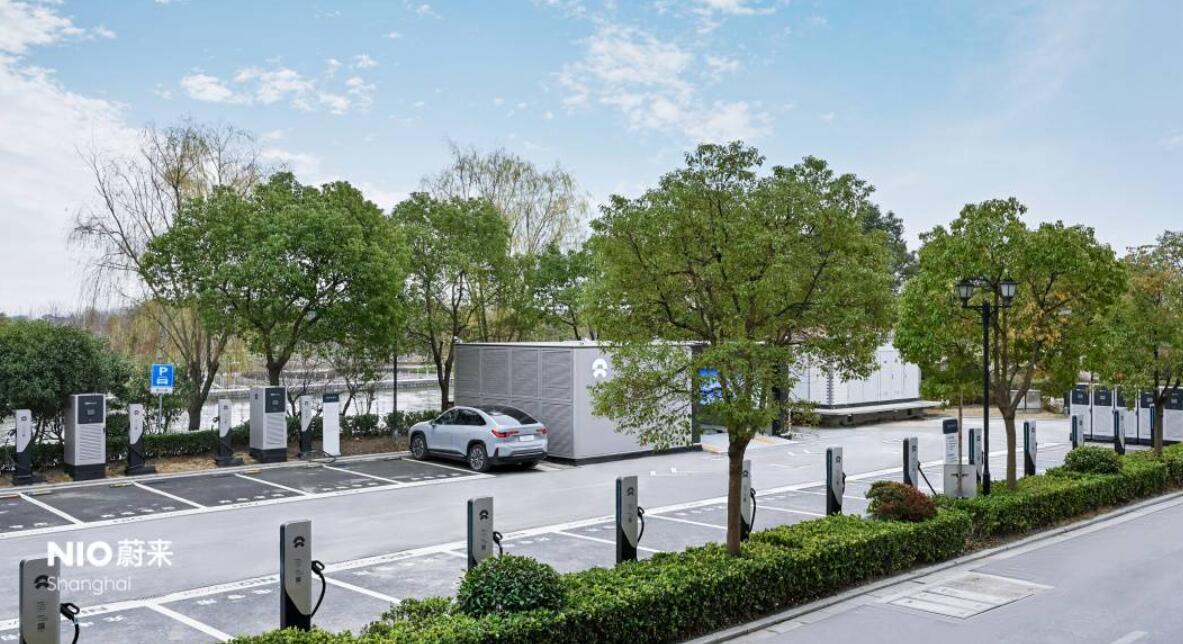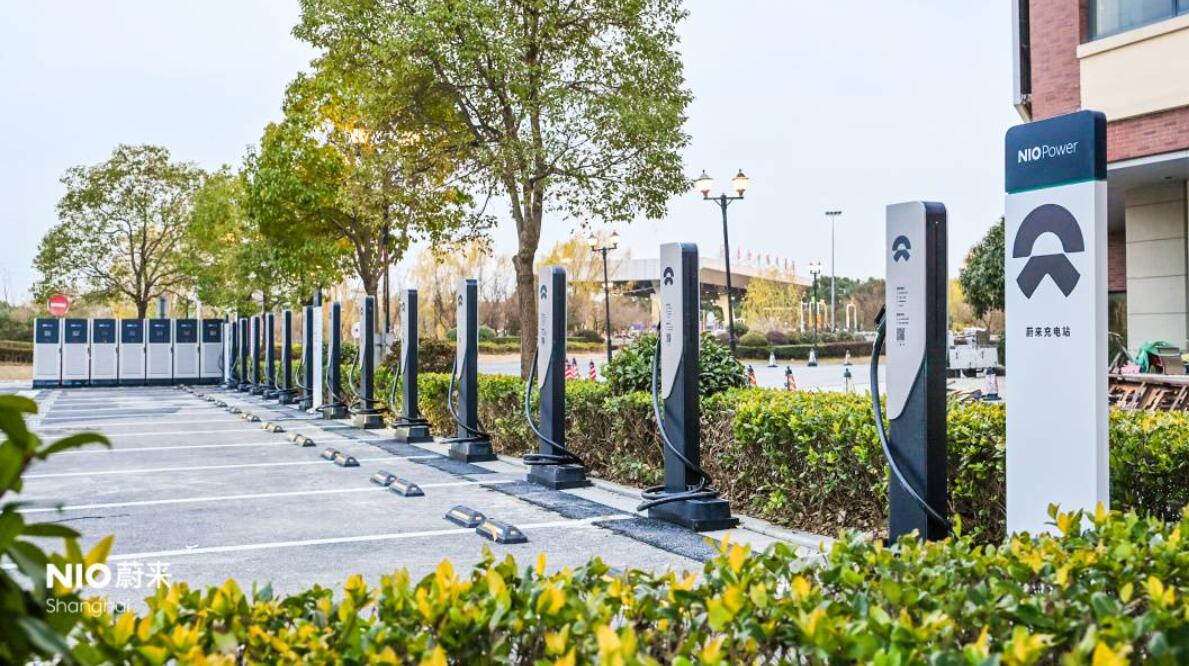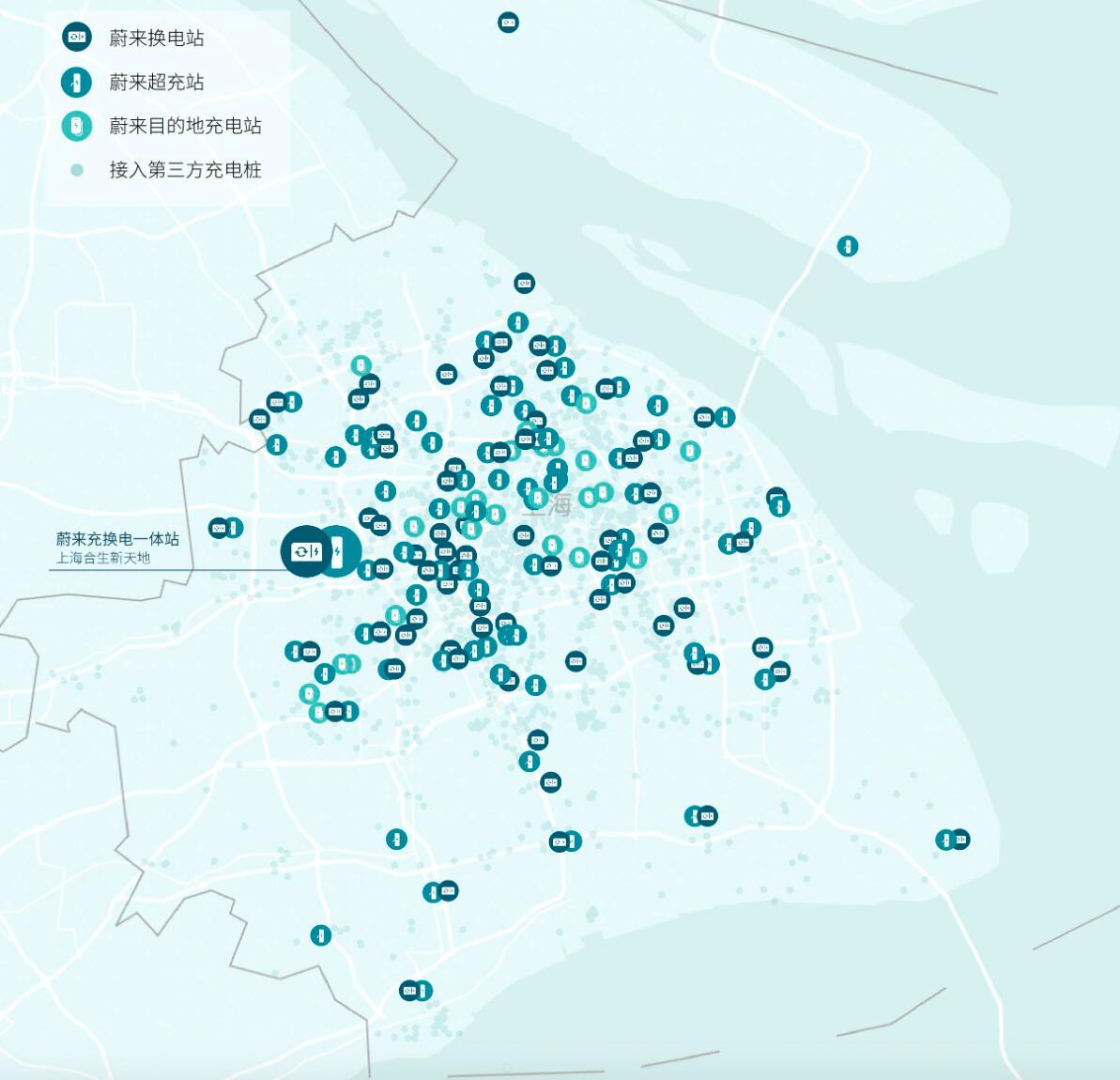Nio today put into operation a new replenishment site in Shanghai, which includes a battery swap station and 20 supercharging piles.
Shanghai, home to Nio's global headquarters, is one of the most supportive cities for electric vehicles in China and is among the company's most important markets.
Nio today put into operation a new replenishment site in Shanghai, which includes a battery swap station and 20 120kW supercharging piles, its largest such facility in the eastern Chinese city.
The site is located in the Qingpu district of western Shanghai, bringing Nio's number of battery swap stations in the city to 70 and supercharging stations to 72.
Nio also has 26 destination charging stations in Shanghai and access to 34,526 third-party charging piles.
For comparison, Nio has 67 battery swap stations in the Beijing region, which includes Beijing, Langfang and Qingdao.
As of today, Nio has 784 battery swap stations in China, 205 of which are located along highways.
Nio also has 620 supercharging stations in China, providing 3,514 charging piles, 626 destination charging stations, providing 3,463 charging piles, and access to 450,000+ third-party charging piles.
Shanghai is one of the most supportive of the electric vehicle industry among China's top-tier cities, with local residents receiving free license plates when they purchase pure electric vehicles as well as hybrids, although they cannot be transferred to the next vehicle.
Shanghai uses an auction system for license plates for fuel vehicles, and in December 2021, 204,863 people in the city participated in the auction for fuel vehicle license plates, with 11,368 eventually qualifying to purchase them at an average price of RMB 91,021.
Beijing offers 100,000 license plate quotas per year, and in 2022 this includes 30,000 fuel vehicle license plate quotas and 70,000 new energy vehicle license plate quotas.
Plug-in hybrids, like Li Auto's Li ONE, will need to use the fuel car quota in Beijing.
Beijing adopts a lottery-like mechanism for issuing license plate quotas, even for the more readily available plates for pure electric vehicles, for which local residents currently typically have to wait several years.



